Shuetsu Sato is a Japan Railways employee known for making complex, stylish signs and maps from strips of colored duct tape. For years, his work graced the walls and construction barriers at Shinjuku station while it underwent extensive renovations. Sato's creative use of tape has earned him quite a following, particularly online, and recent blog buzz has prompted some Japanese TV networks to take notice. This video from an NHK news magazine program profiles Sato and his work at Nippori station on Tokyo's Yamanote line, where his most recent work is currently on display.
The video begins with commentary about the online popularity of Sato's work. (At the 30-second mark, a screenshot of Pink Tentacle appears while the narrator describes the attention Sato's work has received on "overseas" blogs...!?!) From 1:00 to 2:00, Sato shows how it is done -- this is the highlight of the video, as it shows the degree of complexity involved in shaping tape into beautiful kanji. From 2:00 to 2:40, Sato laughs off some criticism he has received for the way his "?" character looks, and from 4:30 to 5:00, Sato demonstrates his techniques for creating rounded corners. At 5:30, one of the hosts tells Sato that bloggers have honored him by naming his font style "Shuetsu." He looks almost as if he might be impressed.
Here are a few photos of Sato's work at Nippori station:
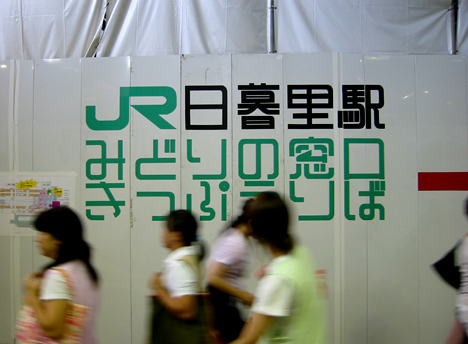
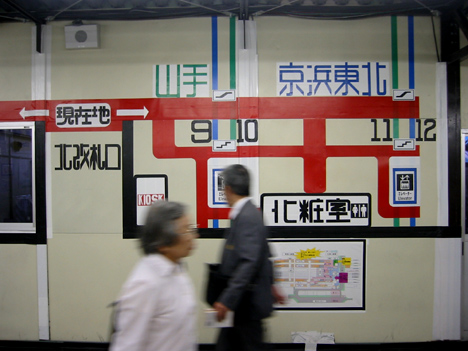
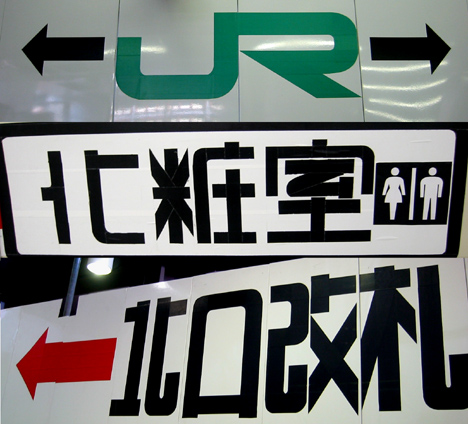
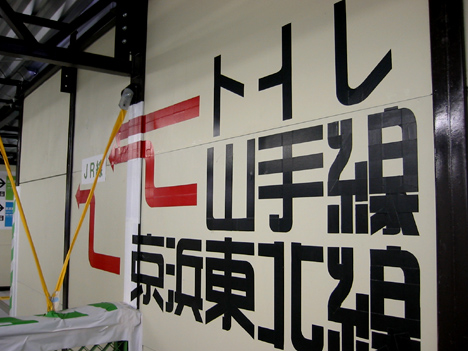
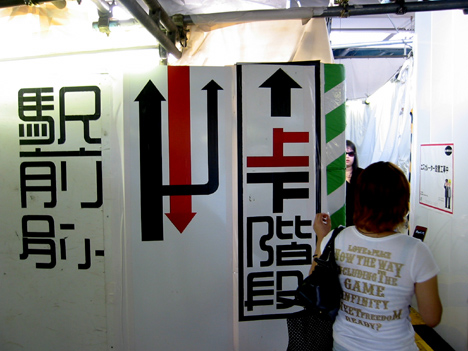
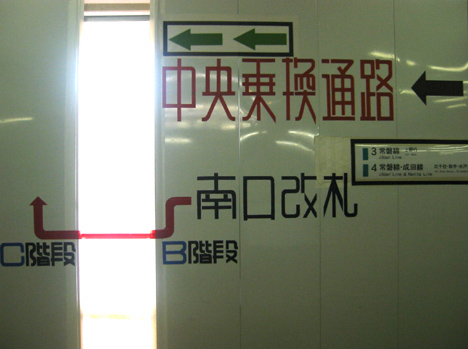
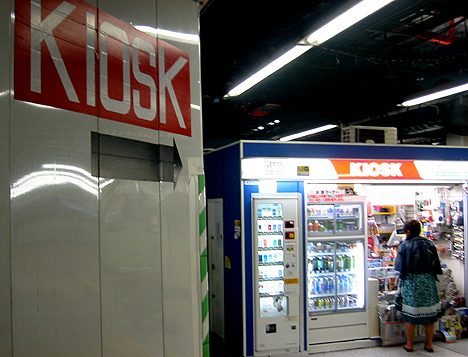
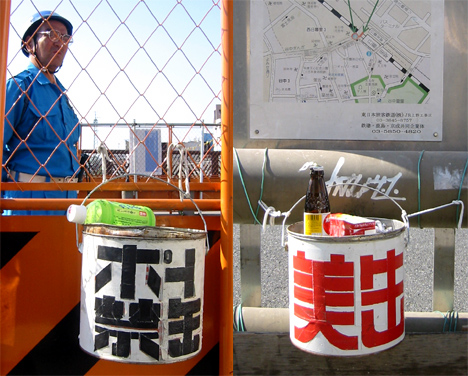

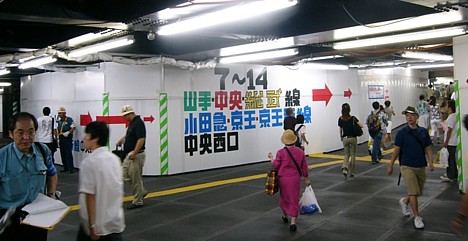
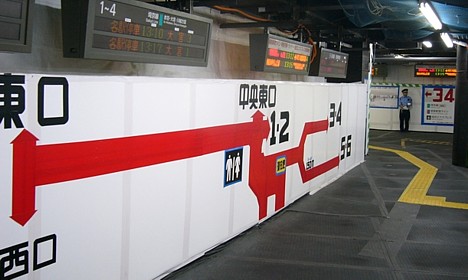
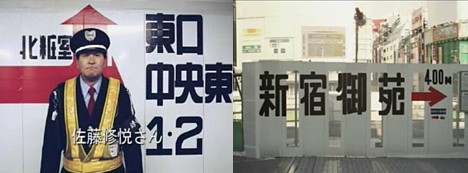
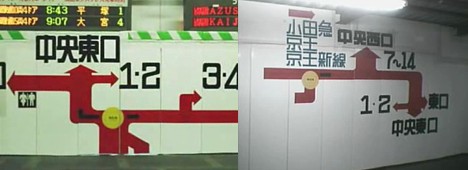
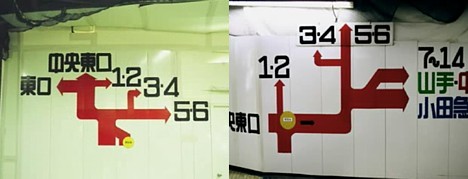
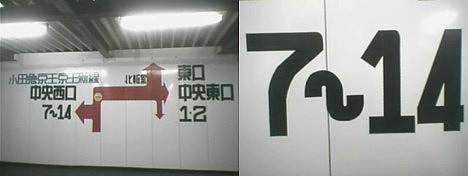
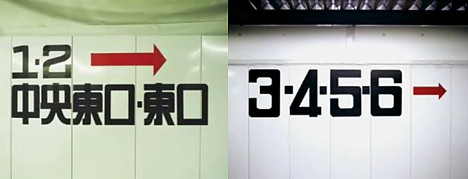
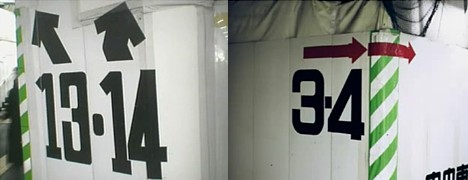
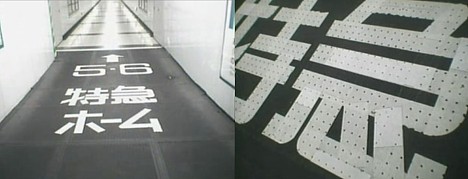

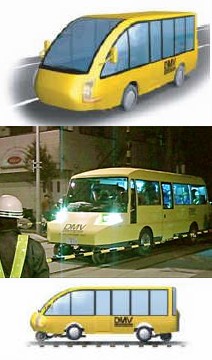 A dual-mode vehicle (DMV) that looks like a minibus and runs both on conventional railway tracks and paved roads was tested on the Gakunan railway in Fuji city (Shizuoka prefecture) on the night of November 24. The 28-passenger test vehicle was developed by the Hokkaido Railway Company (JR Hokkaido) in a
A dual-mode vehicle (DMV) that looks like a minibus and runs both on conventional railway tracks and paved roads was tested on the Gakunan railway in Fuji city (Shizuoka prefecture) on the night of November 24. The 28-passenger test vehicle was developed by the Hokkaido Railway Company (JR Hokkaido) in a 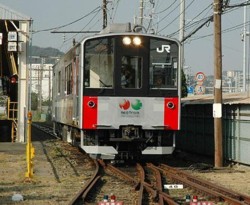 On October 19, East Japan Railway Company (JR East) made a test run of its
On October 19, East Japan Railway Company (JR East) made a test run of its 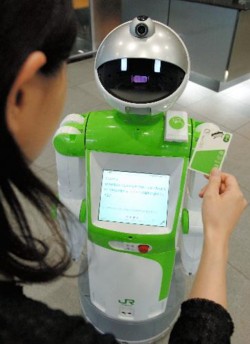 East Japan Railway Company (
East Japan Railway Company (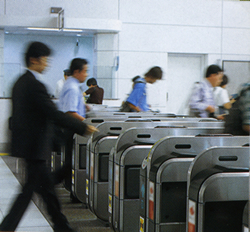 The East Japan Railway Company (
The East Japan Railway Company (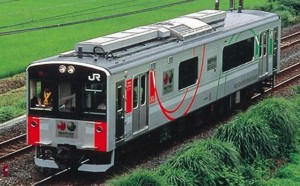 On April 4, the
On April 4, the